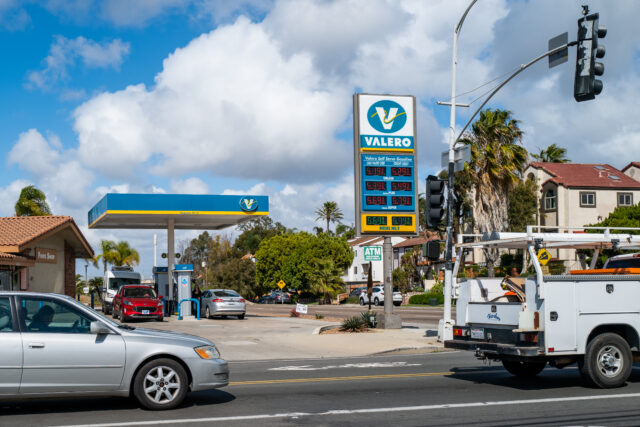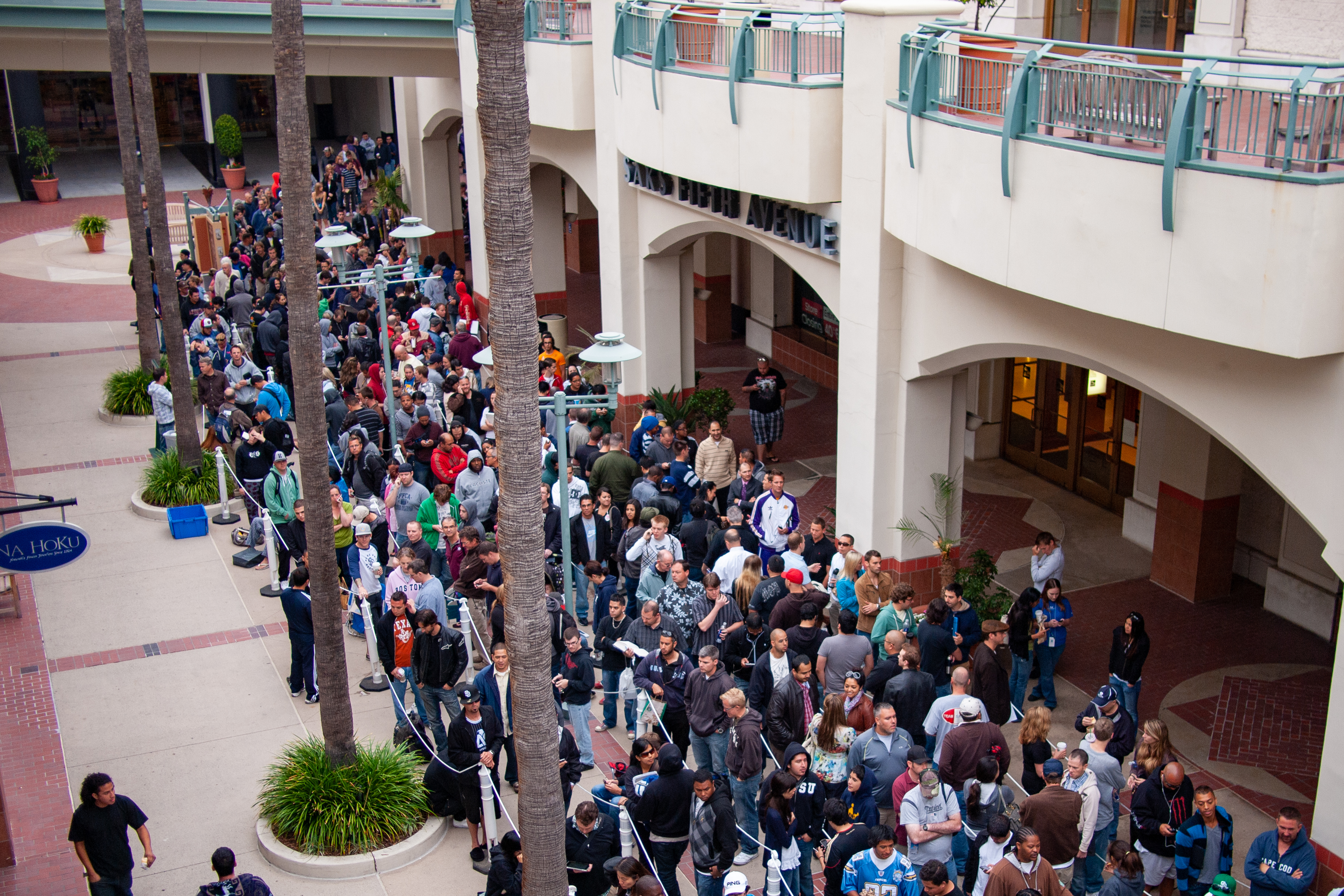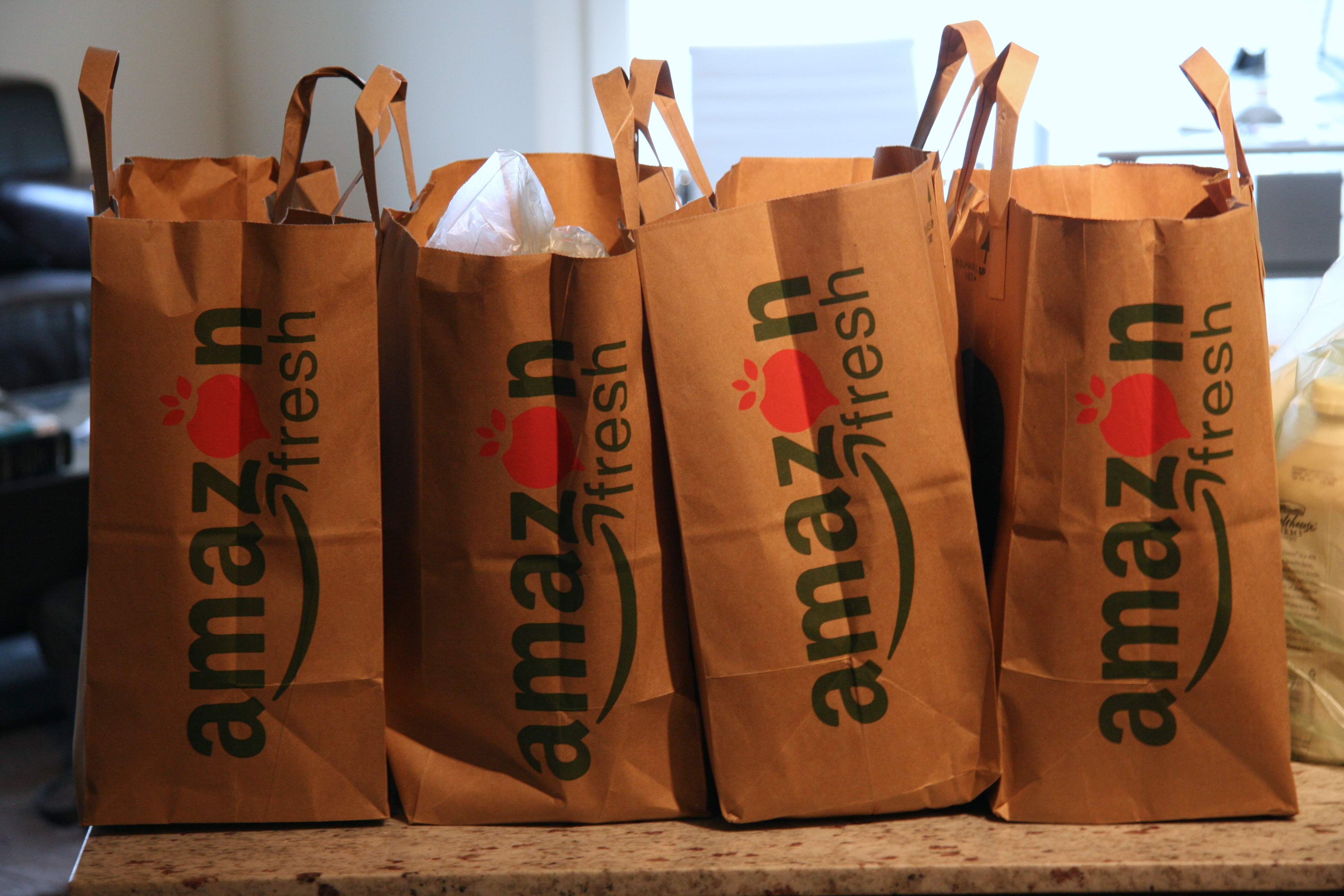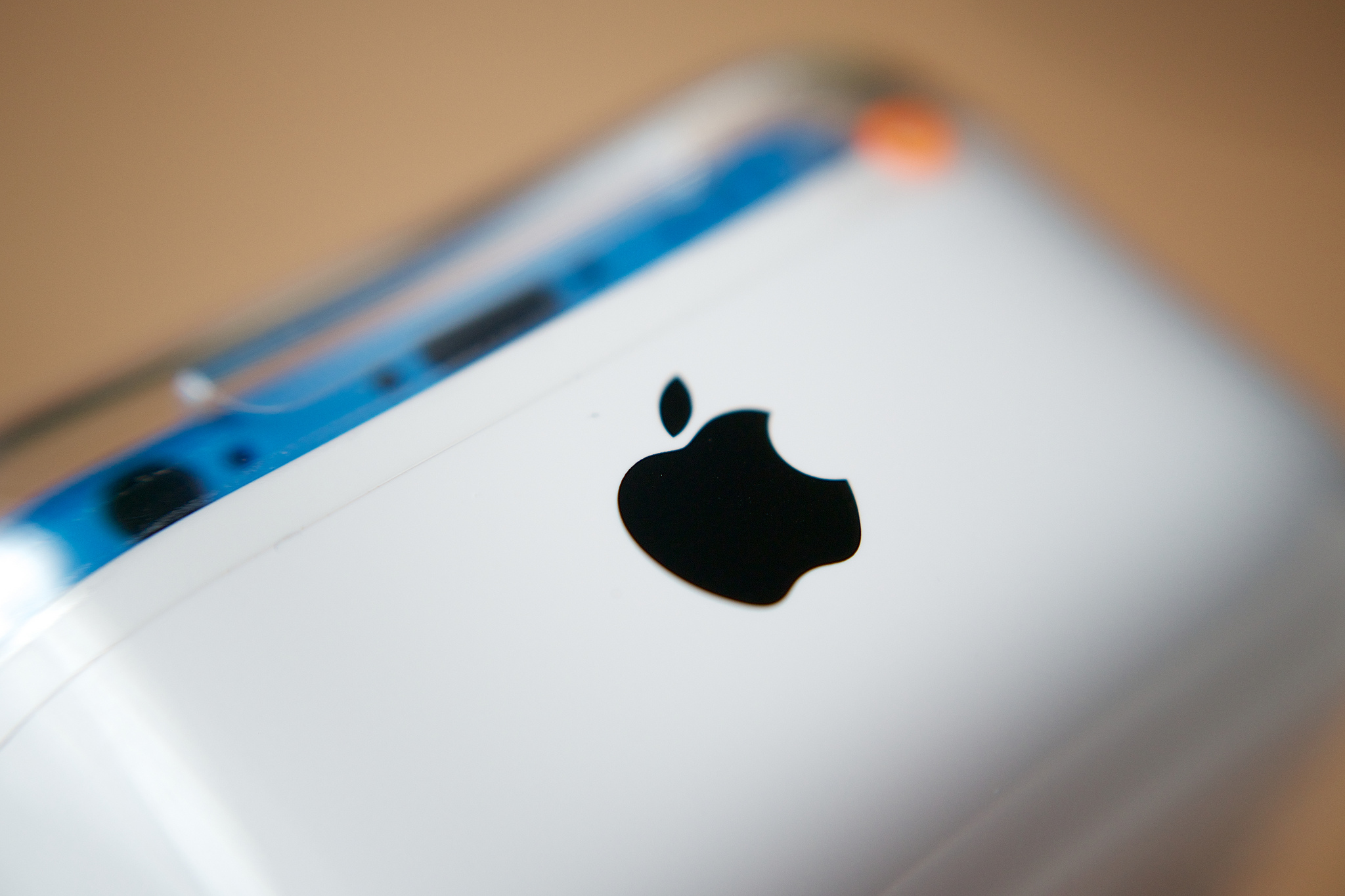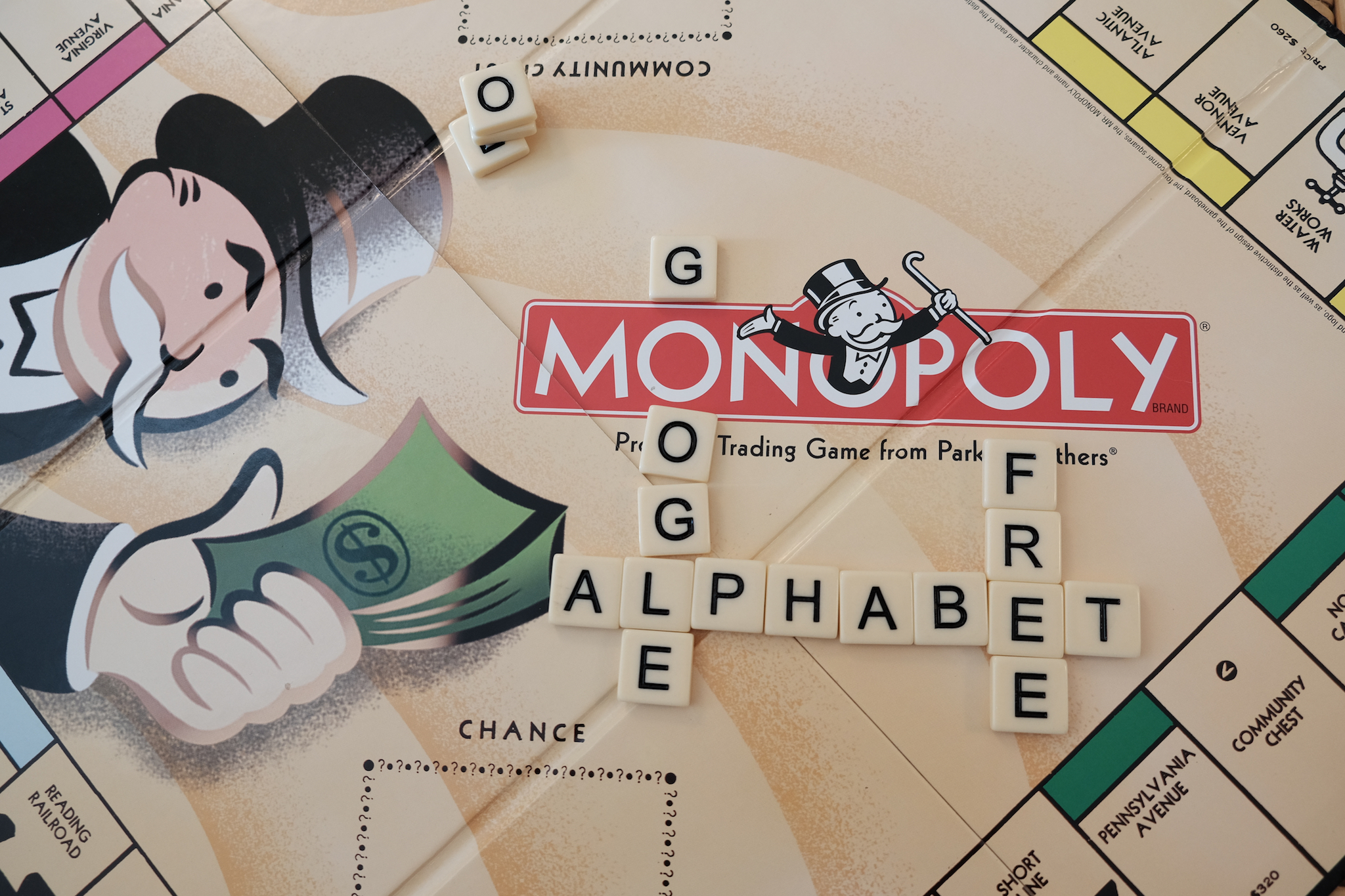The current housing bubble—and there absolutely is one—bears only modest resemblance to the previous catastrophe, which I warned about in a lengthy August 2005 analysis. Rising mortgage rates already are deflating the 2020’s-decade bubble, but the pop is unavoidable without fundamental changes in the actual market or the myths used to explain existing dynamics.
Since before anyone heard of SARS-CoV-2 (severe acute respiratory syndrome Coronavirus 2)/COVID-19, which economic and societal disruption super-inflated the housing bubble, I had warned about a dangerous trend that ignores common sense observation of national demographics: Among the two largest segments, Baby Boomers are dying off and Millennials aren’t having many kids. As population growth stalls, there will be less demand for housing because there will be fewer people to buy. Meaning: All the babbling about not enough inventory has set into motion an overbuilding frenzy that is sure to deflate home values in the not-so-distant future. Before pandemic lockdowns, I had thought within 10 years. I now expect less than five—if we’re lucky.

